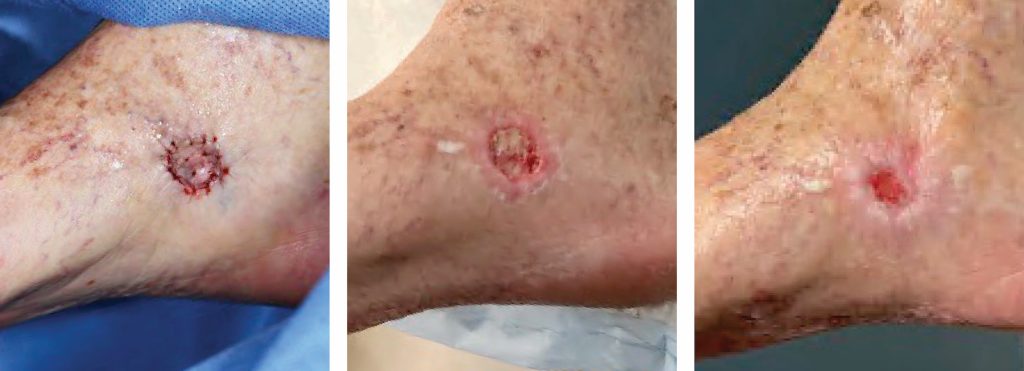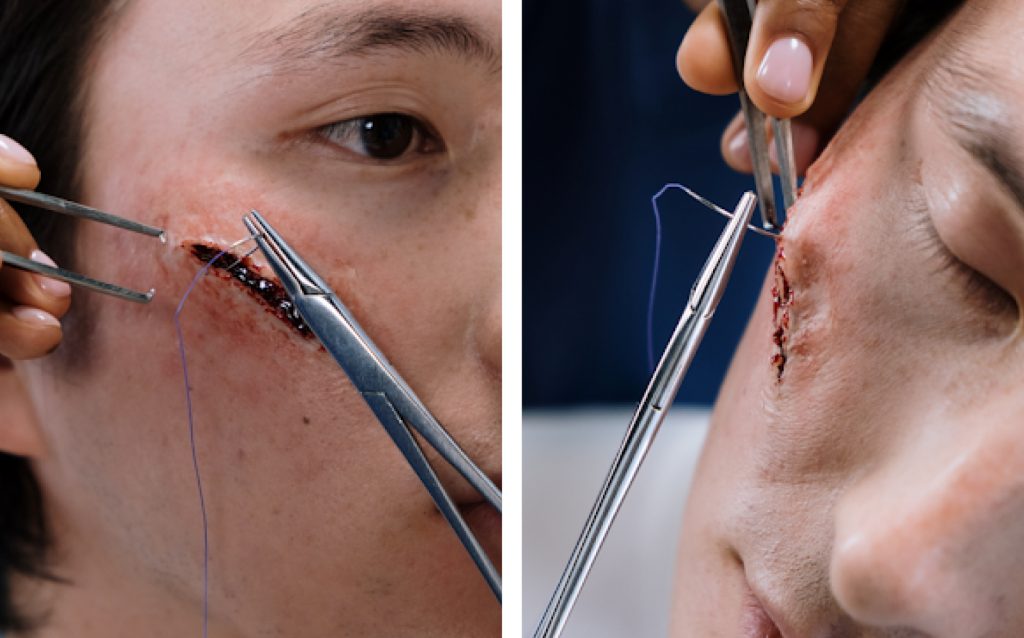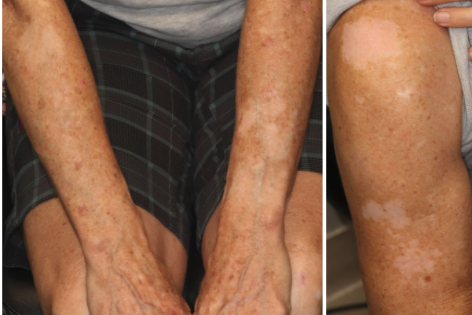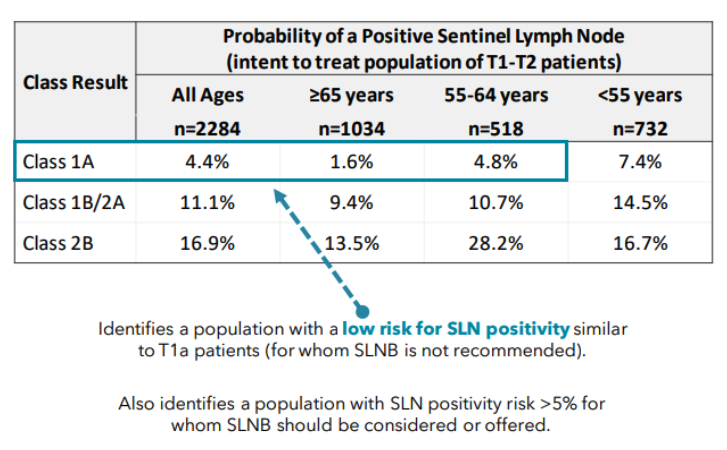Posts by Alyssa Flanders, PAC
Cerclage Closure Technique
HISTORY A 50 y/o patient presents with a 3 year h/o right cheek growing lesion biopsied by outside office on 11/8/21 showing atypical lentiginous melanocytic proliferation. Incisional biopsy of right malar cheek done on 11/18/21 showing severely atypical lentiginous junctional melanocytic hyperplasia with margins involved. Excision and reconstruction with cerclage of right malar cheek severe…
Read MoreChronic Open Wound Management with Wound Vac
Chronic open wounds present a lifestyle challenge for patients. In particular, lower leg wounds can take months to fully heal and may require wound care to prevent infection and maintain a healthy, healing wound. A wound vac or “vacuum-assisted closure of wound” can expedite healing. A wound vac decreases the air pressure on the wound…
Read MoreAugmenting Efficacy of Topical 5-FU for Actinic Keratoses and Skin Cancer
Diffuse actinic sun damage can present a challenge for both patients and providers. First line treatment options include topical 5-fluorouracil (5-FU) cream or photodynamic therapy (PDT). Topical 5-FU cream is applied to the affected area for 2-3 weeks creating inflammation, redness, and crusting as the body eliminates the actinic damage. Alternatively, topical levulan is applied…
Read MoreTreatment Considerations for Melanoma In-Situ
HISTORY A 22-year-old woman presented with left upper lip lesion. Tape testing showed positive for LINC00518 and PRAME. Excisional biopsy was performed showing atypia on the preliminary results. DISCUSSION Management of melanoma in-situ can be especially challenging in cosmetically sensitive areas such as the lip. Traditional management options for melanoma in-situ include surgical excision, topical…
Read MoreDelayed Laceration Repair
Traditional approach to laceration repair dictates closure of laceration as soon as possible after an injury. Usually this involves closing the wound with stitches, staples, or skin glue within the first 24 hours. This timeline can make it difficult for the treating provider to distinguish between viable and irreversibly damaged tissue. This is particularly true…
Read MoreA Simple Cream for Cancer with Not Always Simple Consequences
HISTORY A 62-year-old woman presents with multiple hypopigmented areas of previous skin cancer treatment with imiquimod. DISCUSSION Some patients find themselves with a large number of skin cancers and pre-cancerous lesions. While surgical excision is recommended for certain types of skin cancer, pre-cancers and superficial skin cancers can often be treated in other ways. These…
Read MoreManagement of Non-Healing Lesion
HISTORY An 85-year-old man with a history of multiple BCC and SCC of the scalp previously treated with radiation and intralesional 5-FU presents with a non healing lesion of the left parietal scalp. Shave biopsy of the left parietal scalp performed on 7/21/21 showed a non specific ulcer with atypical squamous epithelium of the scalp.…
Read MoreManaging Eyelid Skin Cancer
HISTORY A 53-year-old man presented with an approximately 10-year history of right upper eyelid “psoriasis.” He was treated with alclometasone dipropionate 0.05% ointment which helped with redness but flaking was still present. Trial of Protopic 0.1% ointment on 1/23/20 with minimal relief. Punch biopsy of the right upper eyelid on 5/19/21 showed inflamed AK. Area…
Read MoreA Modern Test for Melanoma
DecisionDx Melanoma is enhancing medical decision making in invasive melanoma stages I, II, and III.. Management of cutaneous melanoma involves strategic risk assessment and oncologic work-up. This typically includes staging, wide local excision, and possible sentinel lymph node biopsy or biologic therapy. Traditionally, surgeons perform a sentinel lymph node biopsy (SLNB) if the possibility of…
Read More








